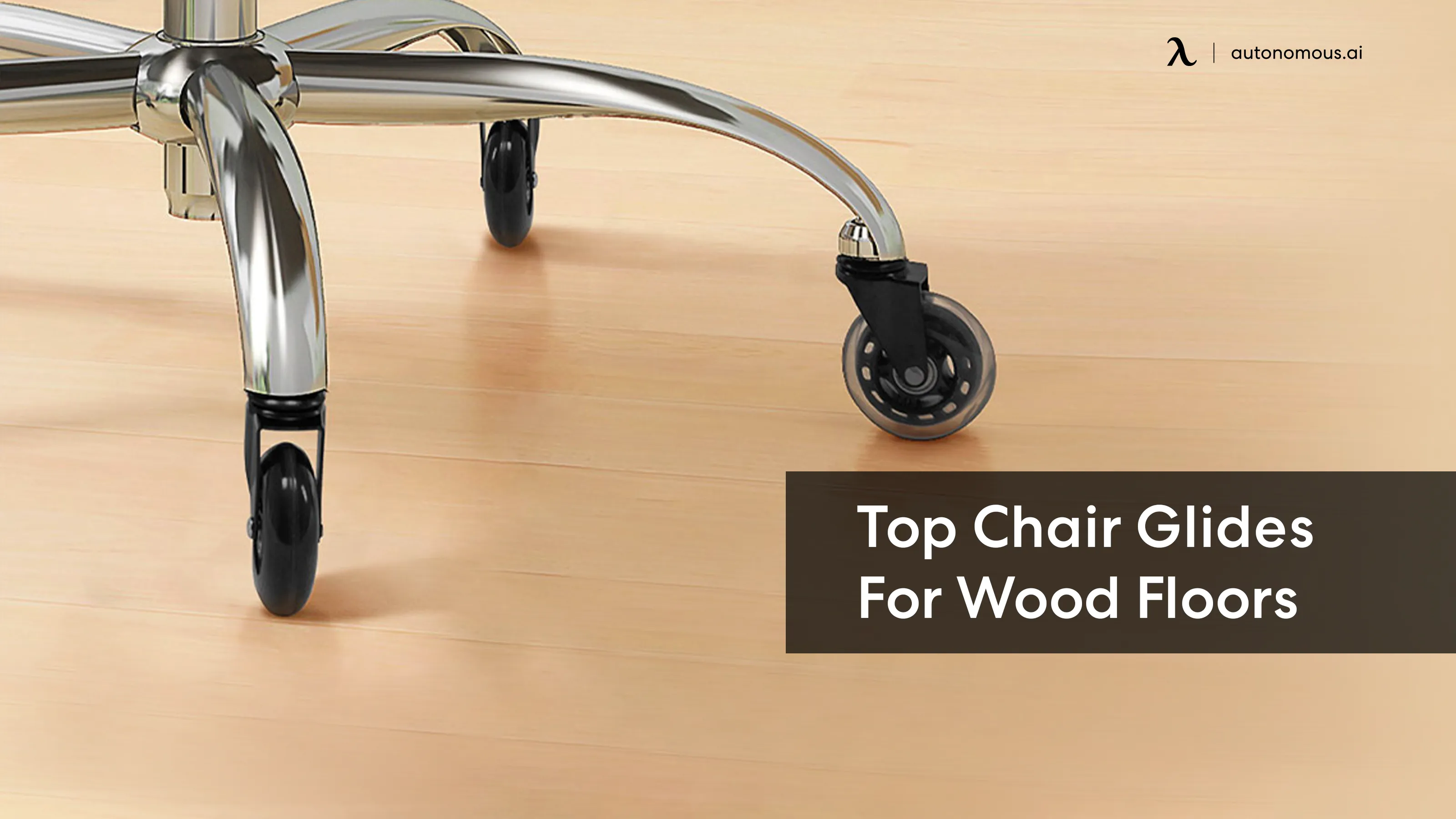Understanding Office Chair Glides for Wooden Floors

Your office chair glides are more than just small pieces of plastic or felt under your chair; they are the unsung heroes protecting your beautiful wooden floors. These humble components act as a buffer between your chair and the floor, preventing scratches, dents, and wear and tear. Choosing the right glides for your wooden floors is crucial for maintaining their pristine condition and preserving their beauty for years to come.
Types of Office Chair Glides for Wooden Floors
Understanding the different types of glides available is the first step to choosing the best option for your wooden floors.
- Felt Glides: Felt glides are a popular choice for wooden floors due to their soft, non-abrasive nature. They are typically made from wool or synthetic fibers, offering a smooth and quiet gliding experience. However, felt glides can be susceptible to wear and tear, requiring frequent replacement.
- Plastic Glides: Plastic glides are another common option, known for their durability and affordability. They come in various shapes and sizes, making them suitable for different chair types. While plastic glides are generally less prone to wear than felt glides, they can be harder on delicate wooden floors.
- Nylon Glides: Nylon glides are a durable and robust option, often preferred for high-traffic areas. They are resistant to wear and tear and offer smooth gliding on most floor surfaces. However, some nylon glides can be noisy and may leave marks on polished floors.
- Rubber Glides: Rubber glides provide excellent traction and stability, making them ideal for chairs that are frequently moved or used on uneven surfaces. They are also known for their quiet operation and ability to absorb vibrations. However, rubber glides can be more prone to leaving marks on delicate wooden floors.
Pros and Cons of Different Glide Materials
Each type of glide material comes with its own set of advantages and disadvantages, impacting the way they interact with your wooden floors.
| Glide Material | Pros | Cons |
|---|---|---|
| Felt | Soft, non-abrasive, quiet, affordable | Prone to wear and tear, may need frequent replacement |
| Plastic | Durable, affordable, available in various shapes and sizes | Can be harder on delicate floors, may leave marks |
| Nylon | Durable, robust, smooth gliding, resistant to wear | Can be noisy, may leave marks on polished floors |
| Rubber | Excellent traction and stability, quiet operation, absorbs vibrations | May leave marks on delicate floors, can be more expensive |
Glide Materials and Floor Surface Wear and Tear, Office chair glides for wooden floors
The choice of glide material can significantly impact the wear and tear on your wooden floors.
“Harder materials like plastic and nylon can create more friction and potentially scratch or dent delicate wooden floors, especially when used on hard-wood floors with a thin finish.”
“Softer materials like felt and rubber are gentler on the floor surface but may wear out faster, requiring more frequent replacements.”
Office chair glides for wooden floors – Yo, if you’re rocking a sick Eames chair wood base on your wooden floors, you gotta get some chair glides. Those things will save your floors from getting scratched up, and you won’t have to worry about your chair screeching across the room every time you move.
It’s like, totally a win-win situation, right?
Yo, if you’re rocking an office chair on your wooden floors, you gotta get some glides to protect those babies! They’re like, the best thing ever for keeping your floors scratch-free. And if you’re looking to give your chair a makeover, check out this how to paint a wooden chair shabby chic guide, it’s totally rad.
But seriously, those glides are a must-have, especially if you’re a chair-spinning kinda person.
